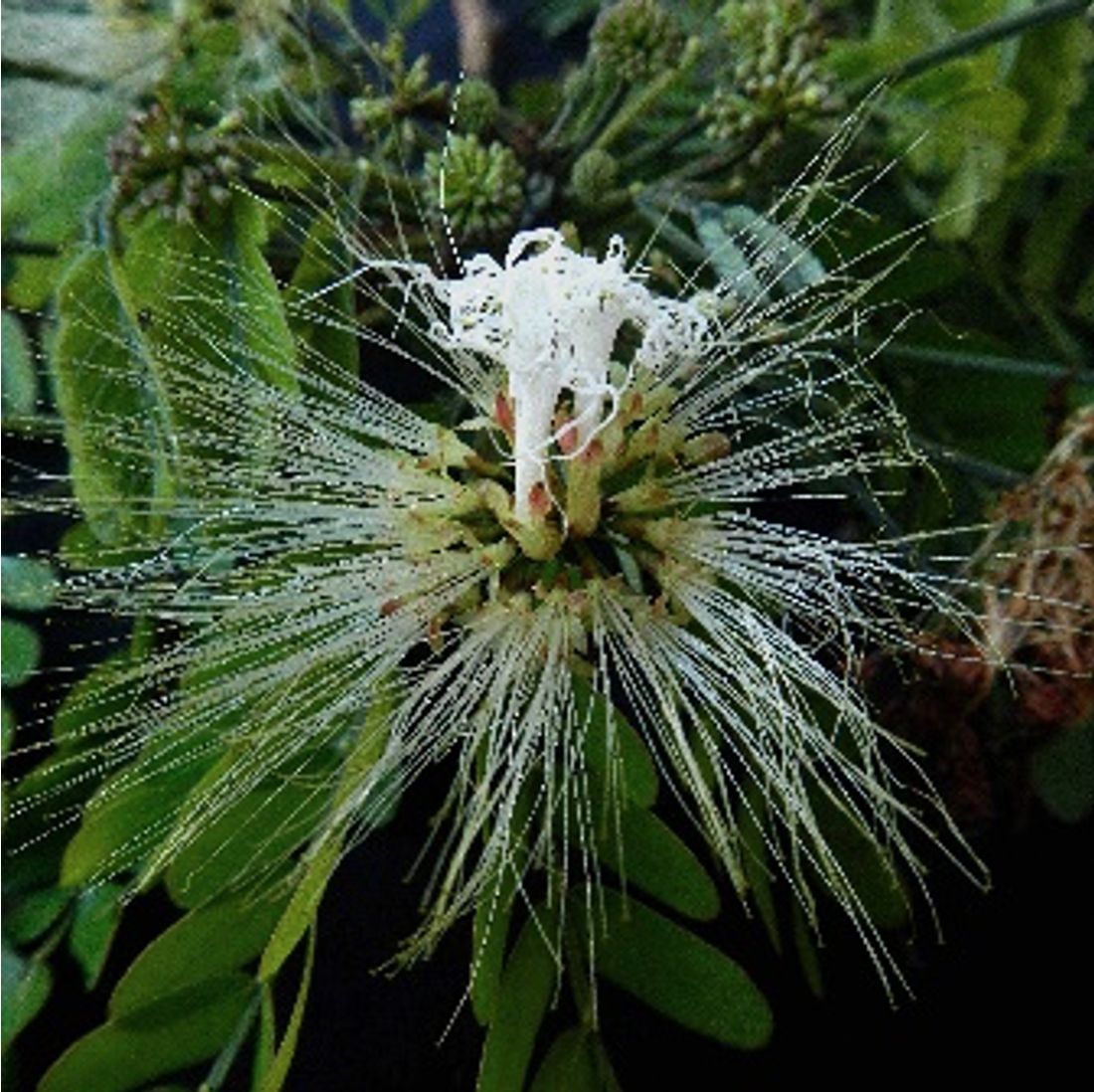Advances in Legume Systematics 14: Caesalpinioideae
Colin Hughes, University of Zürich, Switzerland
Luciano Paganucci de Queiroz, Universidade Estadual de Feira de Santana, Brazil
Gwilym Lewis, Royal Botanic Gardens Kew, UK

The Advances in Legume Systematics (ALS) series has been a highly successful and productive vehicle for publishing work on legume classification over many years, with 13 published volumes. Now we are assembling Part 14 which will focus on the classification of subfamily Caesalpinioideae (sensu LPWG, 2017).
The idea for ALS14 stems from the need for a new phylogenetically-based generic and tribal/clade-based classification of subfamily Caesalpinioideae which comprises c. 152 genera and c. 4,600 species. This need for a new classification has been apparent from numerous phylogenetic studies over the last two decades and has been spurred on by new work by Erik Koenen and Jens Ringelberg in Zürich to build a new phylogenomic backbone for the subfamily based on the Mimobaits gene set of 997 nuclear genes. This new backbone samples 146 of the 152 genera, and 422 taxa in total and has revealed extensive generic non-monophyly, especially in the Mimosoid clade where c. 25% of the genera are non-monophyletic.
ALS14 will be published in two parts. In Part 1 (edited by Colin Hughes, Luciano de Queiroz and Gwilym Lewis), the new backbone phylogeny documenting this non-monophyly will be presented alongside a series of papers that deal with generic delimitation issues, especially in Mimosoids and will contribute to aligning genera with clades. Part 2 (edited by Anne Bruneau and Luciano de Queiroz) will present a new phylogenetically-based tribal/clade-based classification of Caesalpinioideae plus a detailed synopsis of genera.
ALS14 will be published as a Special Issue of the Open Access plant taxonomy journal PhytoKeys. Sixteen papers have been submitted for ALS14 Part 1 and we are anticipating a set of 17 papers in total and these will be published in 2022. For Part 2, a large set of authors have been invited to contribute generic accounts for particular tribes, clades and grades and the deadline there is 31st May 2022.
If anyone who would like to contribute to ALS14 Part 2 and is not already involved, please let us know! We thank all the authors for jumping in to make ALS14 happen. We are optimistic that we can put together a useful and interesting volume. colin.hughes@systbot.uzh.ch